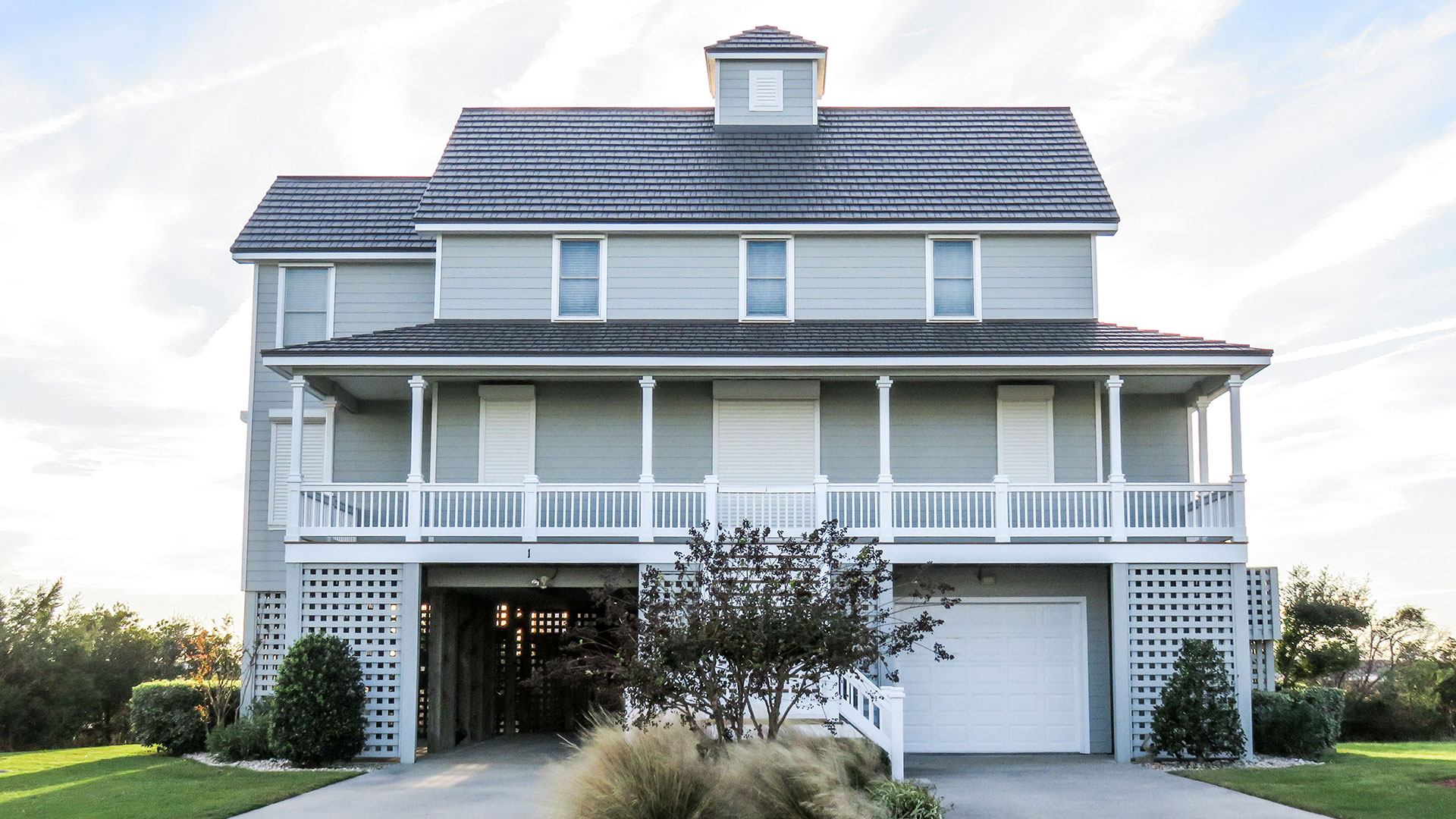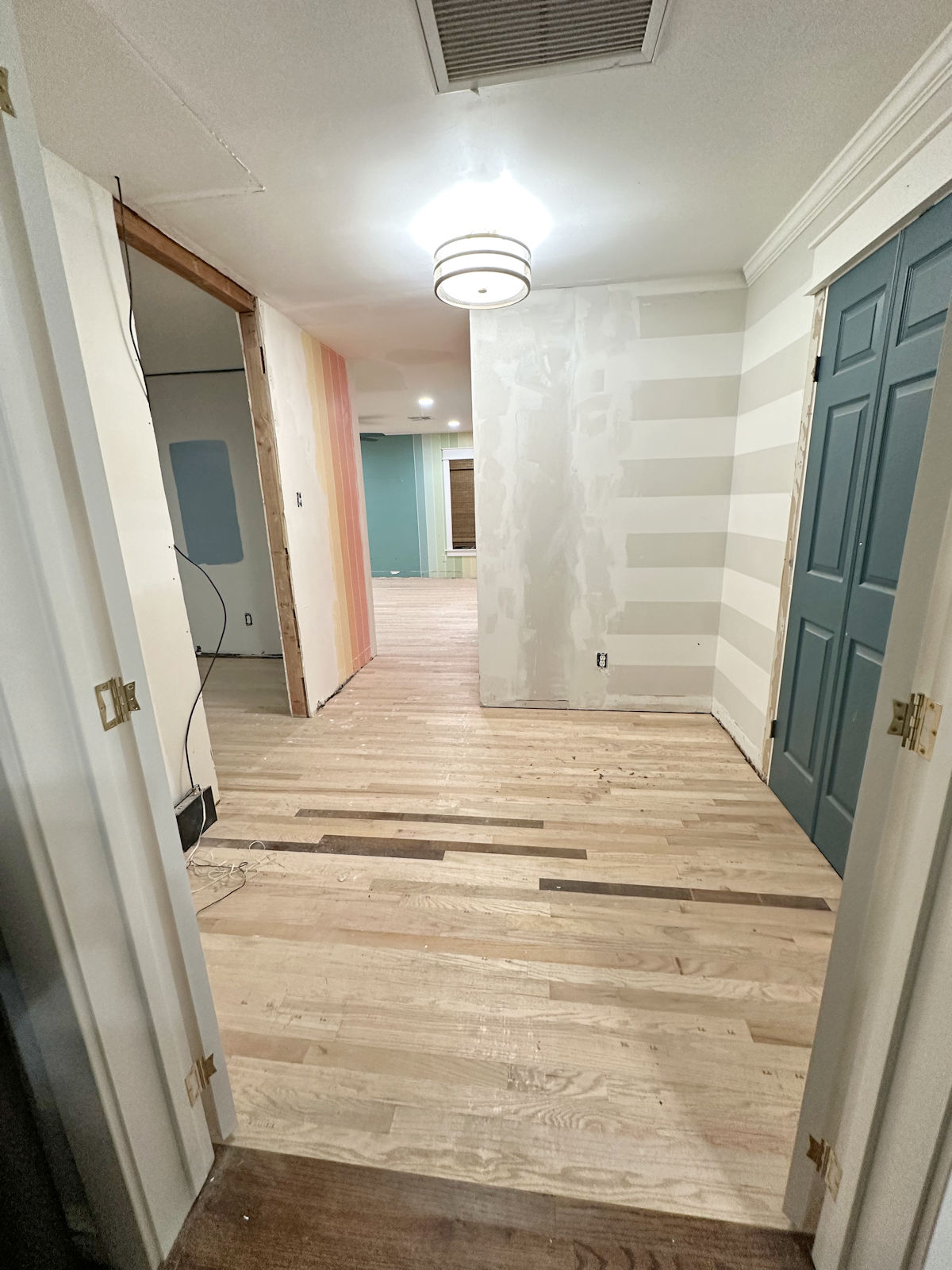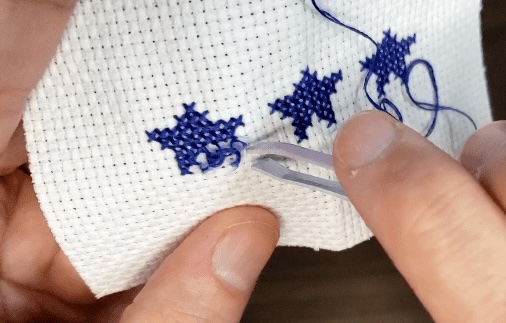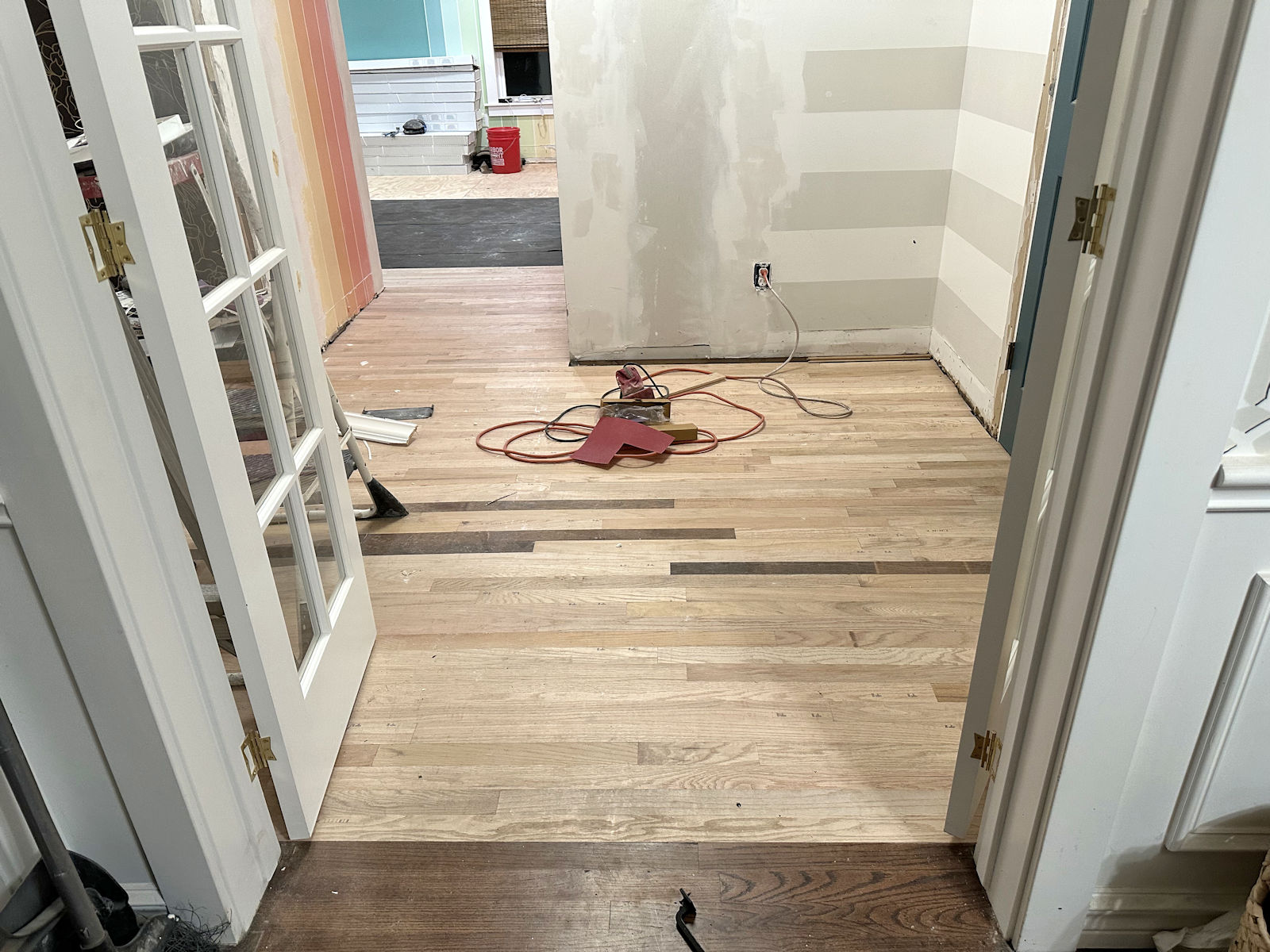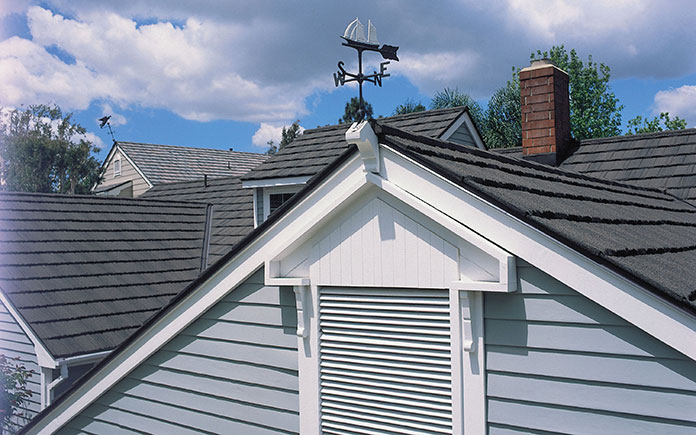
More homeowners — particularly in hurricane-prone areas — are choosing metal roofing over asphalt shingles and other materials. That’s because metal roofing is durable, energy-efficient, and can withstand severe weather.
However, “metal roofing” is a general term for a variety of different alloy types, and each has its unique characteristics. If you’re considering a new metal roof for your home, it’s important to know the differences and make an informed decision.
Here are four popular metal roofing options, and what you should know about each of them.
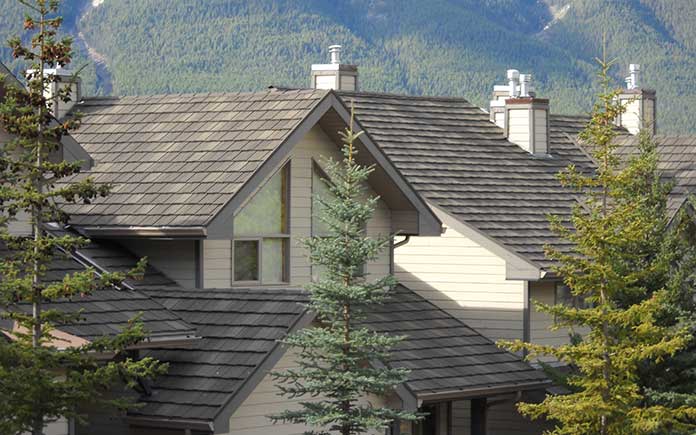
1. Steel
Steel is one of the strongest metal roofing options available. Made from iron and other elements, it can weather hail and high winds, along with heavy snow and ice loads.
Steel roofing is available in many different colors and coatings, with popular options such as galvanized and Galvalume™.
Galvanized steel’s outer layer of zinc protects the inner layer of steel from corrosion. Galvalume™ uses a combination of aluminum and zinc to protect the steel. .
Strength, style and energy efficiency attract many homeowners to steel. Quality steel roofing — which can resemble clay tile, shakes or slate — can last 50-plus years.
In addition, steel is the most recycled material on the planet, which makes it one of the most environmentally friendly metal roofing option.
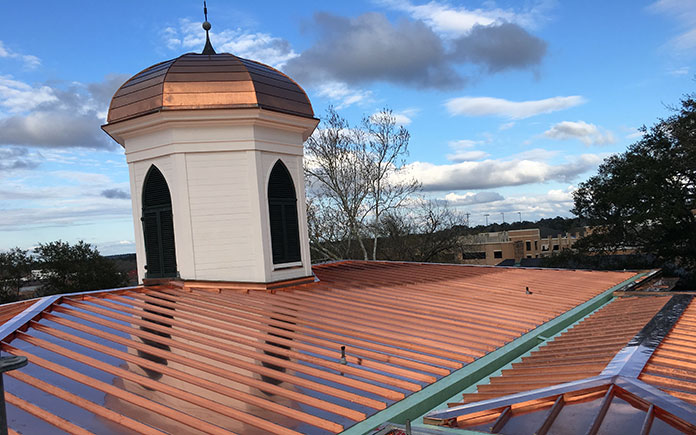
2. Copper
Copper roofing, a favorite for centuries, is eye-catching and timeless. It also comes at a high cost compared to alternatives due to its higher demand and scarce supply.
Metal reflects heat, rather than absorbing it, so its application as a roofing material — when properly assembled and ventilated — boosts energy efficiency.
Aged, weathered copper changes in appearance and develops a patina, or thin layer of tarnish, due to chemical processes such as oxidation. Many homeowners desire this patination on architectural roofing systems.
However, copper’s natural compounds may speed up corrosion of neighboring metals. So, copper needs to be separated from other metals. It is recommended that homeowners use a knowledgeable installer should for any copper projects. .
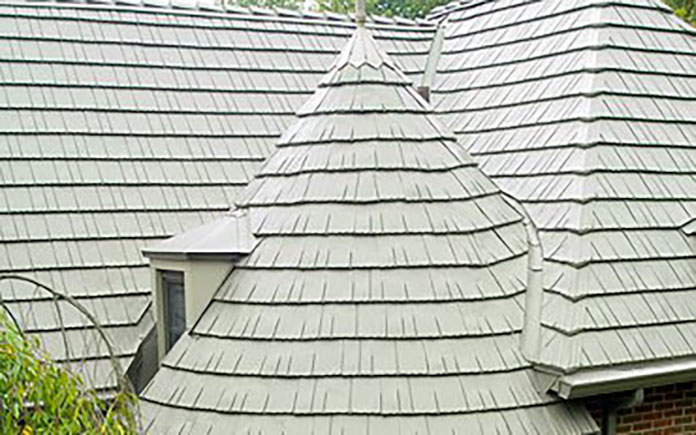
3. Aluminum
Aluminum resists salt corrosion, which makes it a favorite for beachside and inland homes in coastal climates. Cost-wise, it falls between copper and steel.
This metal roofing material’s durability comes from its key ingredient. When exposed to oxygen, aluminum creates a layer of aluminum oxide that seals the metal’s inner layer. This protects the roof from corrosion and provides long-lasting protection.
High-quality aluminum panels have a high strength-to weight ratio and a thicker profile than steel, offering superior protection during severe weather such as hurricanes.
And, like copper, aluminum develops a patina, although many homeowners prefer to treat aluminum roofing with paint and protective coatings.
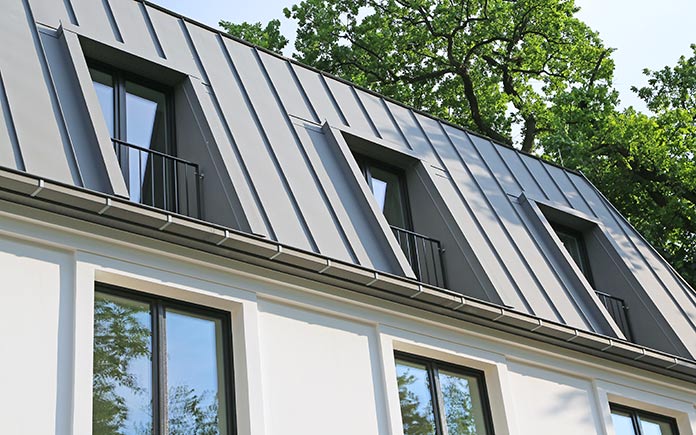
4. Zinc
From its creation to installation, zinc is particularly sustainable and exceptionally durable compared to other roofing materials.
Zinc requires just one quarter of the energy necessary to process steel or copper; its low melting point — 420 °Celsius — makes high-quality roofing systems last, potentially, for centuries; and it’s 100 percent recyclable.
A softer metal, zinc is easy to form and manipulate. This results in a wide array of flexible and unique roof designs.
The cost of zinc is comparable to copper, and zinc similarly reacts to its environment, changing appearance as it ages and weathers the elements.
While zinc’s scratches self-heal over time, the material is vulnerable to visible “chalking” where water collects and flows. That’s why it is typically sealed with a protective coating — and why it’s important to work with a knowledgeable installer with experience in zinc installations.
For more information about metal types, how to choose a quality metal roof designed to last for a lifetime, and additional details about metal roofing properties and performance capabilities, download a free copy of the MRA Residential Metal Roofing Buyer’s Guide at www.metalroofing.com

